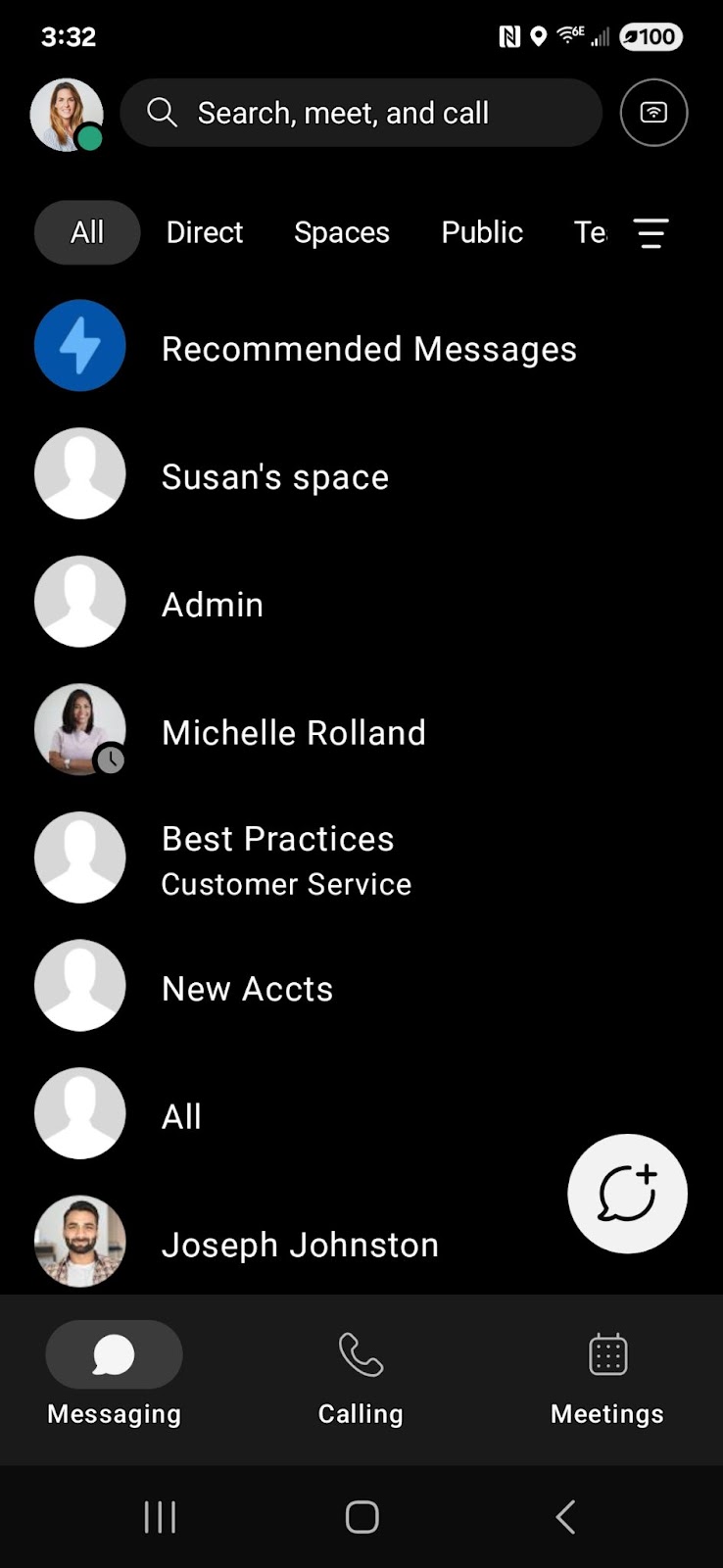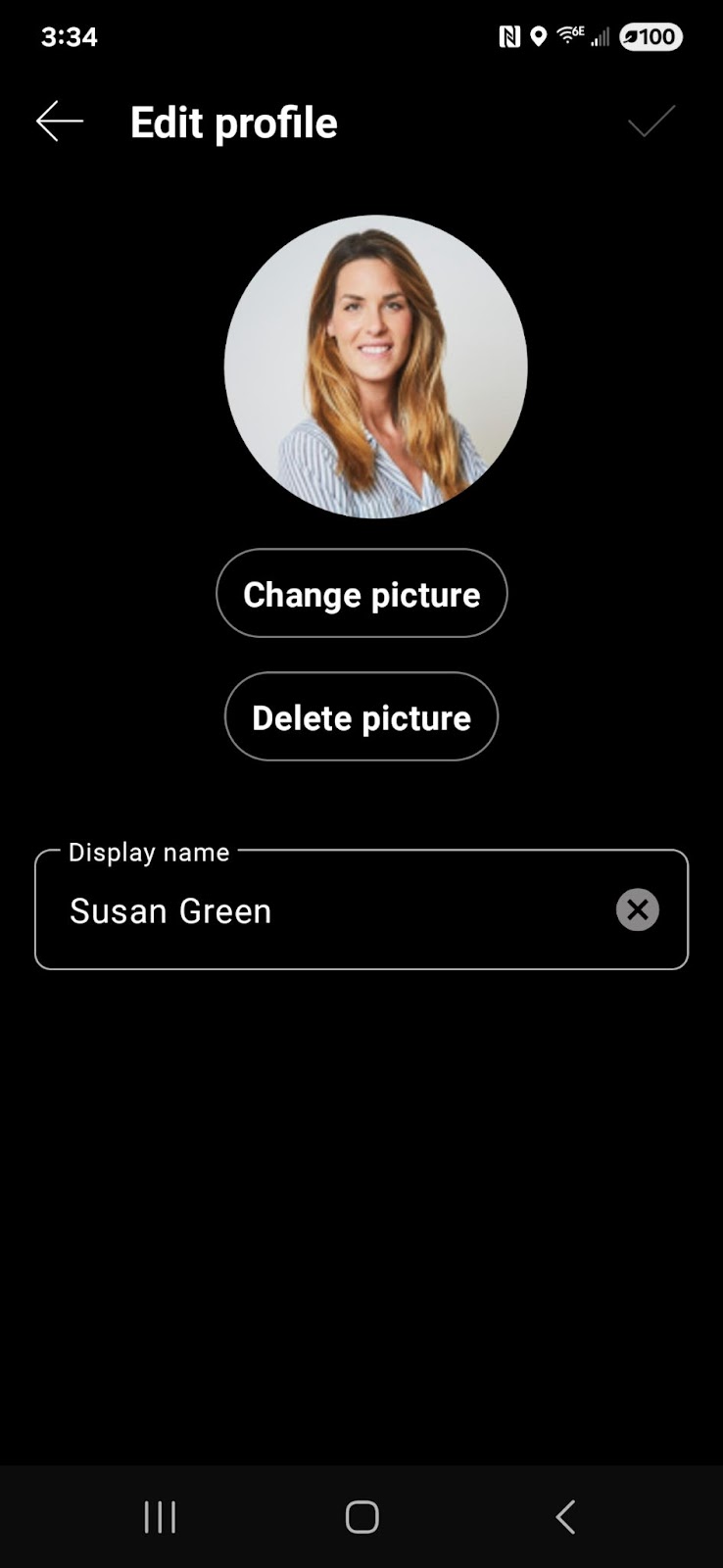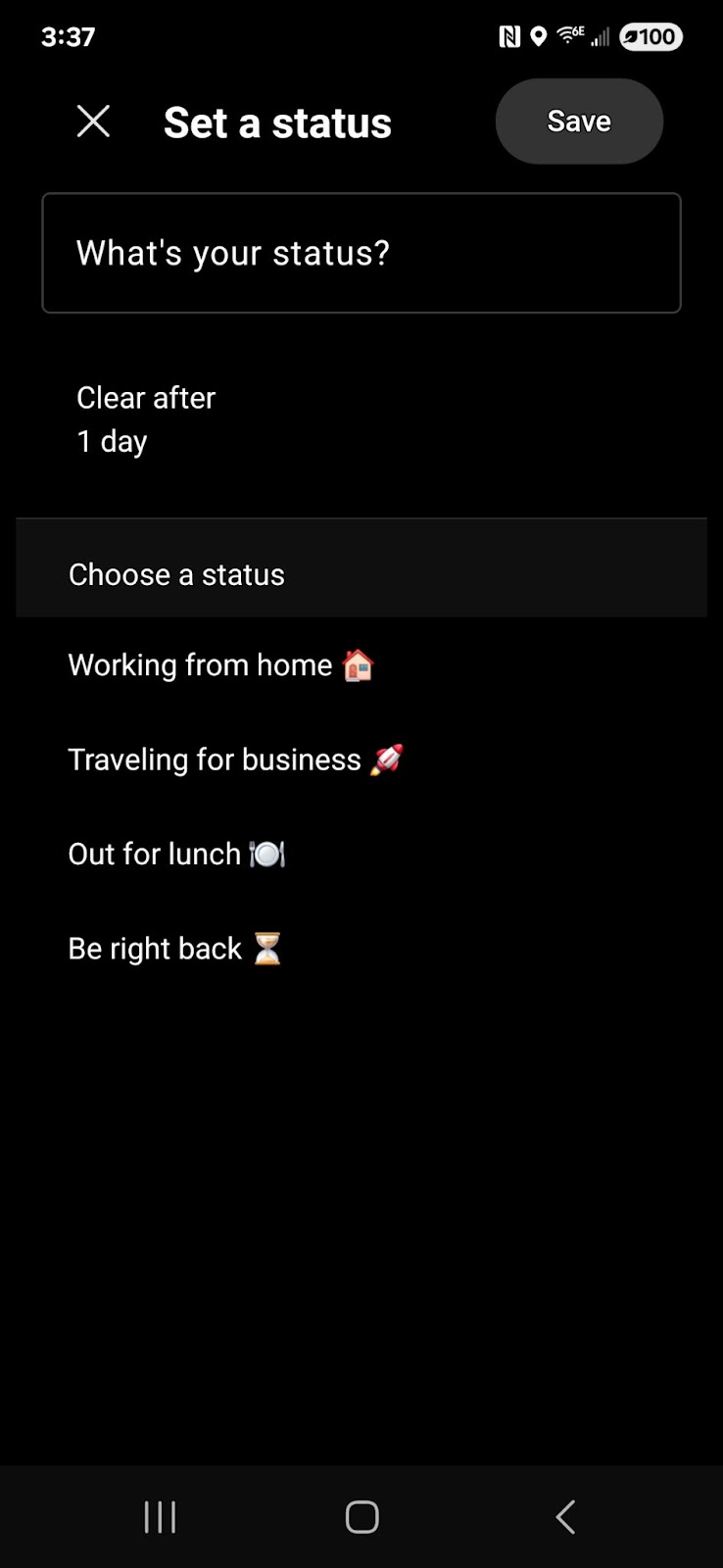What’s a Rich Text element?
The rich text element allows you to create and format headings, paragraphs, blockquotes, images, and video all in one place instead of having to add and format them individually. Just double-click and easily create content.
Static and dynamic content editing
A rich text element can be used with static or dynamic content. For static content, just drop it into any page and begin editing. For dynamic content, add a rich text field to any collection and then connect a rich text element to that field in the settings panel. Voila!
How to customize formatting for each rich text
Headings, paragraphs, blockquotes, figures, images, and figure captions can all be styled after a class is added to the rich text element using the "When inside of" nested selector system.
Download the Hosted UC with Webex App
You can get Webex for your mobile device. Install it on multiple devices and switch between them hassle-free. Your content stays in sync because everything is stored digitally. To download the Webex application to your mobile device:
Note: If you are migrating a service from UC-One to Webex, the login sequence below does not apply.
- 1. Go to the Google Play Store. Search for Webex.
Note: When searching Google Play for Webex or Webex App, the first result to appear is Webex Meetings. Scroll down until you see Webex (refer to screenshot below).
- 2. Select the Webex.

- 3. Tap Install.

Sign in for the First Time
To sign into the Webex application:
- 1. Open the application and tap Sign in.
- 2. Enter your email address and tap Next.
- 3. Enter your password and tap Sign In.
Webex Overview
Let’s take a look at some of the main areas of this application.

- 1. People and Spaces List
At the top are your latest active spaces. If you've been added to a new team or space by anyone, you'll see it here too. You will see a bold space name when someone has posted a new message in space.
- 2. Navigation Menu
Switch easily among your message, team, call, and meeting views. Messages appear by default, but your teams, calls, and meetings are just a click away.
- 3. Profile and Preferences
In the app header, tap your profile to update your picture or name, access your settings and preferences, and set your availability.
- 4. Search
To search content within the app, tap Search in the navigation menu. You can search here for direct messages, spaces, files, and more.
- 5. Messages
The messaging tab is the default screen for the mobile app. Messages are where you chat with colleagues. We keep these messages secure so you can feel confident sharing your work ideas in Webex.
Upload Your Picture
In Webex, make it easier for individuals to identify you by adding an image to your profile. Your profile depicts only your initials within a circle before you upload one. To upload your picture:
- In the app header, tap your profile picture.
- Tap your avatar, then Update picture.
- Either choose an existing photo from your gallery, take a photo with your camera, or generate a photo using AI.
- After making your selection, locate and select the picture you would like to use.
- Once complete, tap Save.

Update Your Display Name
You can change the name of your Webex profile to show your preferred name. To update your display name:
- 1. In the app header, tap your profile picture.
- 2. Tap on your Avatar.
- 3. Under Display name, enter the name you’d like displayed.
- 4. Click Save.

Set a Custom Status
Create and post the status you want so that your colleagues know what you're up to.
- 1. In the app header, tap your profile picture.
- 2. Tap Set a Status.
- 3. Select a status from the list.
- 4. You can create a new status by typing into the What's your status? text field.
- 5. When finished, tap Done.

Note: You can add up to five status options to the list, so they are quickly available. Each status has a maximum length of 75 characters and can also include emojis.
